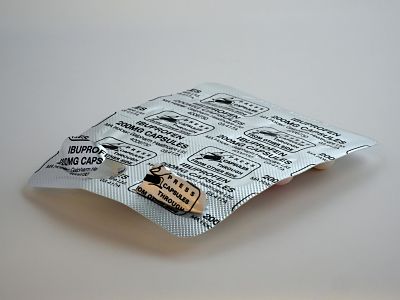I’m writing this off the back of my third DNF in 15 years of competitive endurance sports. The first was from hypothermia, the second was due to an on-going injury in a race that I probably shouldn’t have started, and this one, well, this was 100% self-inflicted due to an anxiety-driven decision.
I’ve been dipping my toes in the ultra/trail running world for a while now and I had big plans to do some pretty epic events this year until coronavirus intervened and race plans seemed even less important than they were before 2020.
Although the pandemic has clearly changed everyone’s lives, I feel fortunate that I’ve personally been affected very lightly and I haven’t been fazed by the cancellation of a couple of events as that seems so insignificant when you consider what else is going on in the world right now.

With no racing, and not a whole lot else going on this year, I had no issue training for the sake of training as getting out swimming, riding or running, are genuinely things that I enjoy and find help ground me in all other aspects of life.
My Achilles heel...
So, when racing did finally resume, I was really excited at the prospect of running the rescheduled North Devon Trail Marathon at the end of September. It’s an event that’s been on my radar for a while now as it’s held in one of my favourite parts of the UK and it offered a perfect opportunity to visit some close friends and their new baby as they live near to the course.
It was a win-win situation for me - racing and socialising during a year that has seen very little of both.
As the countdown to the event began, I was beginning to get into my stride with my running, only to feel a frustratingly familiar moan from my Achilles four weeks out from race day. This isn’t totally out of the ordinary but I knew I needed to ease off my running, otherwise covering 26.2 trail miles wasn’t going to happen.
The next 4 weeks included plenty of cycling and weights, and despite a distinct lack of running I felt strong and confident I could have a decent run - even if it was slower than I’d liked, it was still a great opportunity to connect with friends in a beautiful part of the world.

Race day rolled around and apart from subbing in riding for running and doing a little more yoga than I usually would, I’d done pretty much what I would usually do leading into a race.
How not to approach race day morning...
I was still aware of my Achilles, but I was becoming more acutely aware of my feelings towards the run – I really wanted to put out a good performance in front of my friends who were spending their Sunday cheering me on.
As I was walking back to the car to strip down into my race kit and head to the start, I decided to head into a local shop and buy some ibuprofen.
My thoughts were: ‘why not? They could only help, surely’. Apparently not.
Long story short; within the first kilometre I started feeling cramps in both of my quads and by 13km I was stopped in my tracks and needed 10 minutes to even be able to start walking again.
By 24km I was totally out, any descent (and there were a lot of them!) caused both of my quads to lock out - I’ve never had that feeling before and I hope to never have it again. It took me nearly an hour to hobble 2km back to the car.
My logic
Non-steroidal anti-inflammatory drugs (NSAIDs), or more specifically on this occasion - ibuprofen - relieve pain by partly reducing inflammation, for mild-to-moderate pain.

Abby explained this in more detail in her blog Painkillers in sport: A necessity or a serious health risk?. At the risk of over-simplifying things, NSAIDs block the enzyme COX (cyclooxygenase) which produces prostaglandins - a group of hormones important in healing and the body’s inflammatory process.
Upon injury, prostaglandins would normally flood the site and spark inflammation. But, with NSAIDs, less prostaglandins = less inflammation = less pain.
Ultimately, the aim (or desire) of NSAID usage in exercise is often to improve performance.
The reality
Although there are plenty of reports of endurance athletes taking NSAIDs during training and racing, there are a lot of reasons why this is a bad idea (as I learned the hard way…).
Dehydration and muscle damage which occur during racing reduce blood flow through the kidneys which impairs the excretion of fluids and waste products from the blood. This effect is worsened by NSAID use which reduces kidney filtration rate, causing swelling and/or, in more serious incidents, contribute to acute kidney injury by overtaxing the kidneys.
Long term, or excessive, NSAID usage can have more serious side-effects like risk of gastrointestinal ulcers and bleeds, heart attack, and kidney disease.
What I learned
What I’ve learned is to never, ever, ever, do something rash 30 minutes before an event. And to use the old motto: Don’t try anything new on race day.
I’ve spent a lot of time trying to disconnect my sense of self-worth from my athletic performances, something that hasn’t been easy and is still definitely a ‘work in progress’. But I can honestly say that despite making a stupid decision, I had a great weekend and at least now know for sure that I won’t be using ibuprofen.
Andy gave me a stern talking to when he saw me on the Monday morning after the event, with the overriding message being: ‘if you think you need something like ibuprofen to get you through an event, you shouldn’t be doing it’.
